Nokia’s journey with Windows kicked off to a start a couple of years ago, when the first Windows Phone with the Nokia brand lodged itself into welcoming European markets, and then slowly all over. Just as the success over that was dying out, Nokia was pursuing and perfecting its new lineup of phones that get inspiration from completely nascent quarters that isn’t identifiable with the Nokia family of devices. With hoards of time spent on trying to re-do the Nokia look, brand and style of the phone, Nokia has harnessed bonds with Windows more closely than ever.
Lumia to the rescue?
The glory from the success of the Lumia series is also shared by Windows, which stayed in the back alleys while Android and iOS devices were prime in their accomplishments. All the previous Windows devices were near pathetic, and it seems it practically reached a stalemate. Enter Nokia and the story was altered. Nokia prevailed with its new concept, and the ‘think differently’ philosophy really came through. It’s not like Nokia lacked anything where handsets and hardware goes, it was like a goal well set up, only to have a poor last touch. In football, things can turn around, but for Nokia, the Company looked like it entered a crisis patch. Nokia didn’t help with its tactless and overdone advertising, practically dictating to the consumers to appreciate their hard (and good) work.
Nokia has definitely changed matters for itself, especially with the Lumia 920 for which sales sky rocketed all over the world.
Kicking off with the Lumia 800, 900 and the 610 Nokia had more than just a triplicate lucky start. With the force of the success behind them they rolled out better models yet. Effective prices and availability also aided in hoisting the Nokia banner back where it belongs. Representatives from Nokia have acknowledged the much talked about reinvention of the Company’s brand identity.
Death sentence pronounced on Symbian OS
Nokia took a hard call, finally letting up the not so efficient Symbian OS, and jumping the jump with Windows. Nokia also helped the Windows Phone brand globally, and made it more available. As many as 10 million of Lumia phones were sold in the first 12 months of the Lumia-Windows pact, which may not be a rapturous figure, but it has been progressively increasing, and is expected to double in the coming months. It isn’t easy for a Company that has had a change intrinsically and psychologically to just displace the Apple fan-following, but Nokia has achieved half of that.
Enter Windows Phone 8
The Windows Phone 8 increased Nokia’s appeal. However at the same time, this dampened the Windows 7 mobile sales. Still the Nokia Lumia 610 and 800 have been selling at a good rate, and Nokia is happy with the sales they have managed. Rumor has it that this outward Nokia stance was actually a false projection, but the Company actually had to cut back prices of the Windows 7 phone in order to keep their sales going. So is Nokia really stuck, strained and stranded with the Windows Phone 7.8? Perhaps, still the flagship models will be working the Windows Phone 8, and many apps on that platform have been made available to Windows Phone 7.8.
It’s these strategic after-sales moves that keep Nokia head above water. The Nokia Windows series also bring in polycarbonate shells, and new-technology camera optics which improve Nokia’s command. Also inbuilt media services like music features also boost consumer affinity. Nokia has it right, as not everyone desirous aluminum phones, neither do they associate those with being premium. Today’s world is more flexible and Nokia understands that. Nokia has spent scores of hours training its staff to fully be versed with the Windows Phone platform and technology, particularly for the 920, which will be the final link to getting sales up. Contrastingly, if Nokia has to teach people as to why its product is different, this itself will put Nokia on the back burner. So Nokia has to pay attention to letting its work talk for itself, beyond just flashy neon colors. The strategy to do so will have to come from the Company, and leaving the market run its natural logical course, could prove disastrous for the Finnish Company.
The problem with Lumia
The Lumia 920 has a lot to offer through and with more of these kinds of mobiles on the horizon, the Windows Nokia journey seems to be just starting. Apparently, sources have found that Lumia 710 owners have recorded a much higher rate of contentment with their devices, even compared to popular handsets like the iPhone 4S. The Lumia 710 is of course a budget phone, however when comparing consumer satisfaction, the yardstick is marked in a different way, so it is fair to rely on this assessment. The Windows UI is unique and different which makes it desirable. However lack of renewed innovations left the consumers slightly annoyed and eager to have more. Dissatisfaction arose from the limited applications and games compared to Android and iOS devices.
As for the faults of Nokia, apparently the connectivity is not as good as hoped. The battery life is not efficient for the Windows experience, and attention has to be paid to make it more in synchrony taking into consideration the Windows requirements. Basic social requirements like connecting to Facebook, etc. improve the Windows Nokia consumer ratings.
Nokia is presently the highest Windows smartphone retailer in the United States having the largest share, of 33 percent, which is estimated to increase by the end of the coming quarter. Releasing near dead phones like the PureView 808 won’t help Nokia, even if they pack in high end features. A single smartphone strategy has to be evolved. Nokia’s shutting down of Ovi services without finding a suitable alternative could also affect the Company.
Rumors are also doing the rounds that Nokia plans to try to create a budget OS Meltemi, for smartphones. Windows itself suffers from lack of app support; Nokia is therefore headed down a steep cliff, if it takes this new smartphone OS project further. Focusing on Windows will yield good results, and new budget and top-end phones will capture market demand.

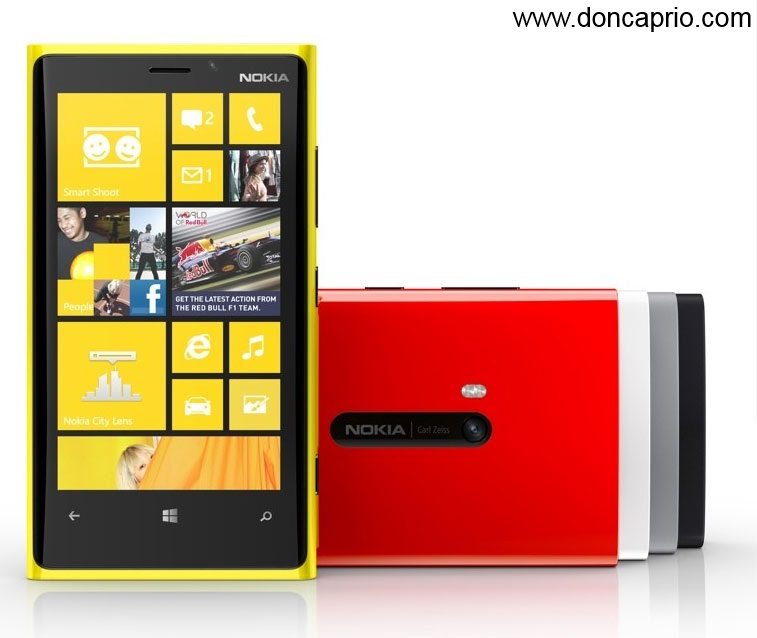
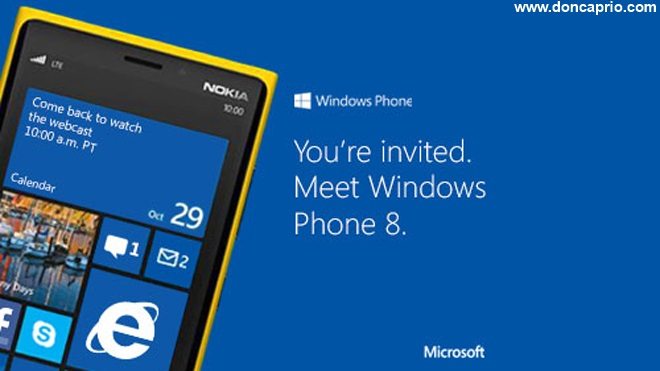
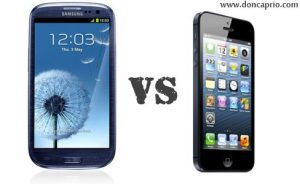
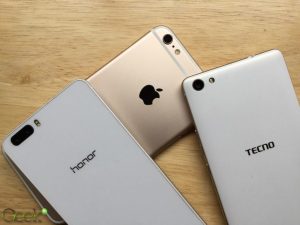

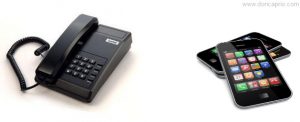
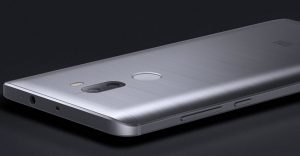
Comments
10 responses to “Nokia and Windows Journey: Success or Failure?”